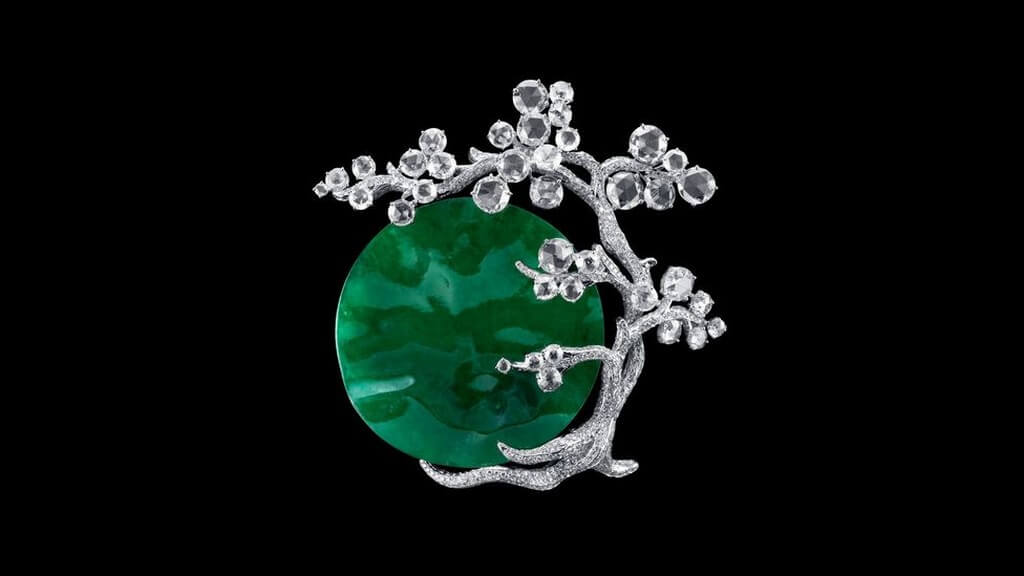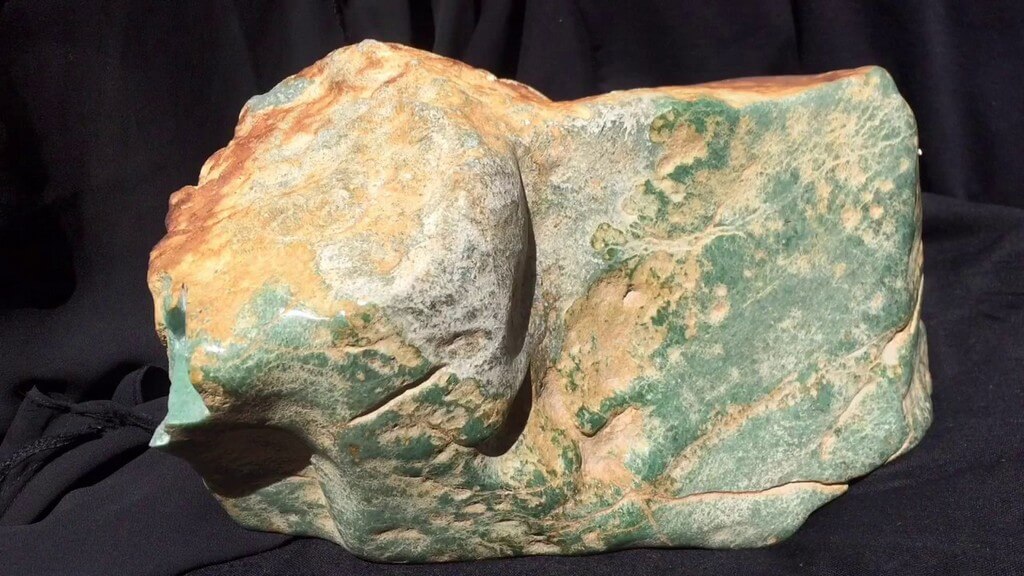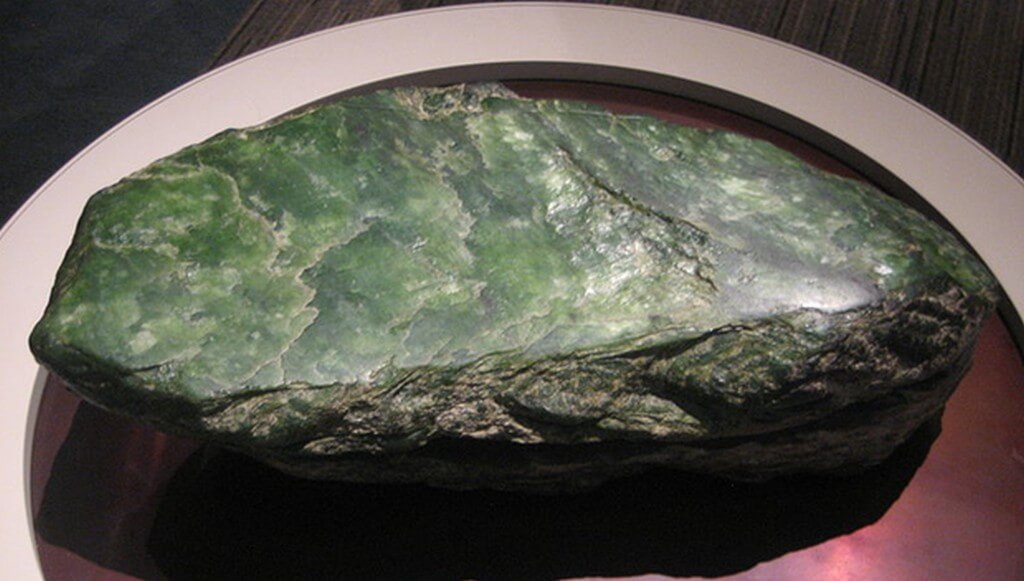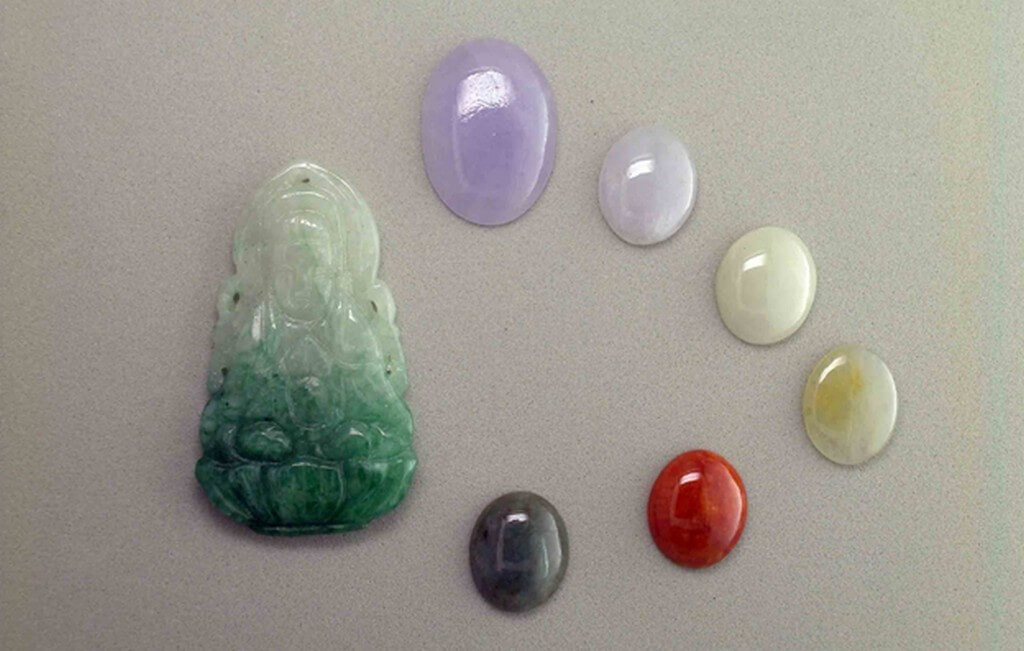Jade – Classic Quality Jewellery
23/08/2021 2021-08-23 14:28Jade – Classic Quality Jewellery
Jade jewellery with its delicate shades of green and lilac is understated rather than the flamboyance of many other stones. Real jade jewellery has enchanted the heart and minds for centuries now. It is an extremely hard material, sturdier than steel, and in pre-historic times was used as axe-heads, knives and weapons. It is only more recently that Jade’s beauty has led to its use in jewellery and fine ornaments.

Traditionally, jade was linked with calm mind, wisdom, healing and protection, however, nowadays there’s a belief that different colours carry a different meaning and therefore, they represent different energy.
There are two types of jade – jadeite and nephrite. The two have quite dissimilar structures, but display similar properties. They also differ in mineral composition. Jadeite is primarily made of pyroxene, whereas Nephrite is made of amphibole. Aside from these differences they appear to be very similar physically. The structural variances do not impact the uses of jade. It can be difficult to differentiate between jadeite and nephrite, hence rather than using the aforementioned terms, they are commonly referred to as Jade to include both gemstones.


Jade is not just limited to the colour green, it is available in a range of colours – from the emerald green to pinks, lavenders, white, black, yellow, orange, red, brown and blue. The emerald green colour in jade is present as the stones contain trace of chromium compounds. Other shades of green are the result of the presence of iron compounds, while the pink and lavender hues are produced by manganese compounds and so on and so forth.

There are many imitations of Jade. There are a number of stones that look similar to Jade like Serpentine, calcite, quartz, and prehnite. A trained eye would be able to recognize the distinctive sheen associated with Jade that is missing in quartz or Serpentine. Unlike the hardness of Jade, both quartz and serpentine are fragile.
Even as a jewellery designer whilst purchasing or while selling Jade one must ensure that there is information about the source of it. This provides trust factor and helps in investing.
Jade’s worth can is determined by its colour, transparency, and texture. The colour must be examined under fluorescent and incandescent light. The level of transparency should be assessed. The surface of Jade must be finely polished and exact. Any fractures in the texture can influence its value. As students of jewellery design one must be aware about the nuances and terms associated with various materials that are used in jewellery making. This is essential to create a basis of a fine jewellery designer. Learn such interesting facts about different forms of materials, stones and precious gems by enrolling in the 1-year Diploma in Fine Jewellery from one of the well-known jewellery design colleges in Vijayawada.













